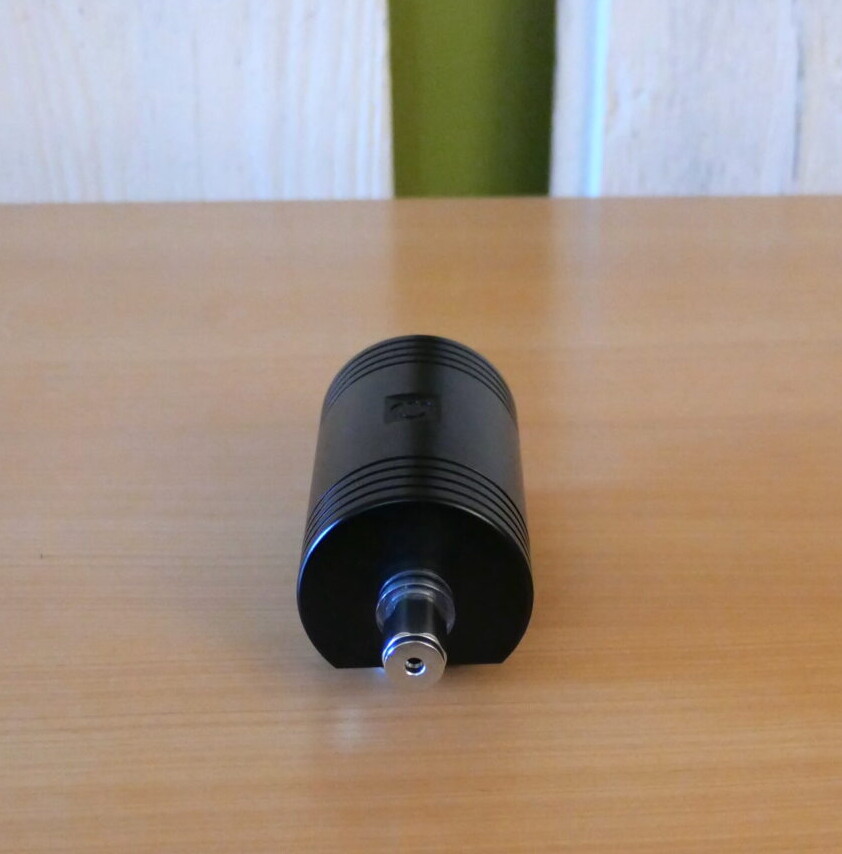Solo piano might well be the acid test, but size matters too. Big and dramatic? They don’t come much bigger or more dramatic than Paavo Järvi’s Mahler Five with the Tonhalle-Orchester Zürich (Alpha 1154). The PhonoARAY doesn’t just add punch to the opening brass fanfare and an almost crushing weight to the rolling orchestral entry, but texture to the instruments and shape, grace and colour to the whole. It’s an often-recorded work, but Järvi’s reading that flirts with the melodic fragments that bubble up throughout the first movement and his impressive control of scale and density make this a welcome addition to the available recordings – its imposing dynamics and drama helped in no small part by the clarity, control and vitality released by the PhonoARAY.

Intrigued by the role played by the input cable in the PhonoARAY’s performance, I switched it onto my VPI Classic 4/JMW 12/Clearaudio Goldfinger Statement rig, a ‘table that employs a terminal block located directly behind the arm, thus affording a binding post for the tone-arm ground, an arrangement that allowed me to ring the changes in terms of the wire running from arm to PhonoARAY. Despite the substantially higher output of the Clearaudio cartridge, the PhonoARAY’s benefits were just as impressive and musically important. But what became equally apparent was that the length and quality of that cable has a disproportionate impact on those results. Impressive enough using a standard RCA-RCA tonearm lead, with its own integral ground wire, substituting alternate, superior ground wires brought about a far from subtle improvement in presence, energy, instrumental density and bandwidth. With a number of different cables on hand as well as a matched set of 0.5, 0.75 and 1m leads with identical spade to 4mm terminations, every time I switched up to a better cable or substituted a cable for a shorter but otherwise identical run, the sound got more involving, more credible and more entertaining.
Playing the quirky ‘I’m Considering A Move To Memphis’ by The Colorblind James Experience (Fundamental Music SAVE 50) each improvement to the PhonoARAY’s input wire delivered greater bandwidth, presence, separation and dimensionality, character to the spoken lyrics, identity and separation to the backing vocals, a deeper groove to the bass, more impact and locational precision to the drumkit and greater leading edge definition and attack to the guitars, banjo and vibraphone. The constantly shifting soundscape that’s laid over the repeated phrase that underpins the track becomes more explicit and more clearly defined. Off-beat music like this presents its own peculiar challenge to any audio system. The PhonoARAY allows the record player and system to make more sense of the music, not just delivering greater detail, but binding those details into a far more convincing and accessible whole.
As I’ve already said, these are early days for the PhonoARAY and there are still further options to investigate: a second unit placed between the phono-stage and line-stage, or a second unit used in parallel with the first. Given the results of my cable comparisons and their impact on what you hear, I’m reluctant to go beyond a straight vanilla implementation right now, in case more involved arrangements throw-up misleading or erroneous results. But once I can lay my hands on the necessary cables to try both configurations with consistent cabling throughout, I’ll report back.

